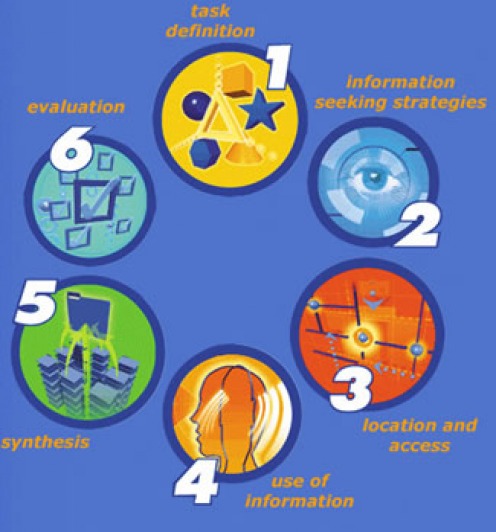Visual Literacy Information Texts
Background Information
Visual literacy has always been involved in allowing for interpretation in texts. With the advances that are occuring in technology, the importance of becoming visually literate are essential. Education in visual literacy is becoming more extensive due to the integration of images and visual presentations involved in the curriculum (Stokes, 2002). The term ‘visual literacy’ was first introduced by John Debes in 1968. Ausburn & Ausburn (1978) cited in Bamford (2003), states that “to understand and use visuals for intentionally communicating with others” requires the individual to have particular skills which enables them to decode and interpret and then encode and compose visual images. It is suggested that these skills are needed to understand things such as examining social impact of images, intended audience, purpose and ownership (Bamford, 2003). A visually literate person would also be able to make judgements of the accuracy, validity of images and make sense, comprehend and appreciate visuals of others the way they were intended. It was only when print was released that pictures and texts were conveyed seperately. Illistrations were often fallen by the wayside. A reversal in this sepetation has recently occured, with a greater reliance on visually orientated approaches. Leonardo da Vinci translated words into drawings after recognizing the impossibility of recording volumes of data (Stokes, 2002).
- "Words are the images of things" (Simonides).
- "Without image, thinking is impossible" (Aristotle).
- "Characters in alphabets began as pictures with meaning" (West).
(Stokes, 2002)

